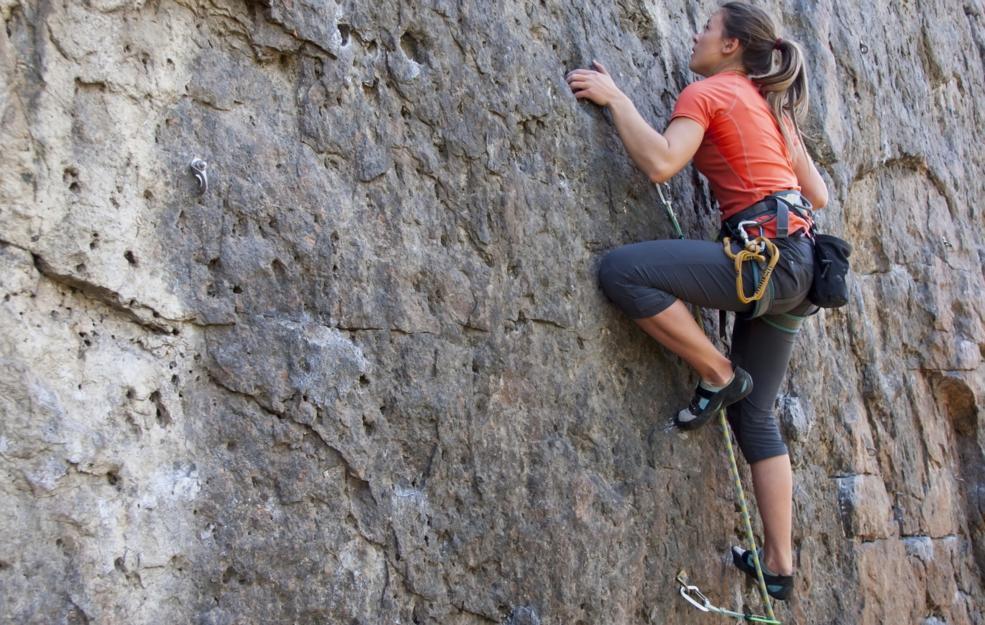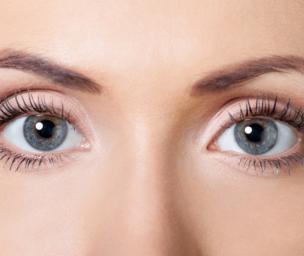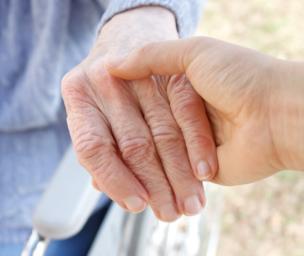Different Types of Avulsion Injuries
What Are Avulsion Injuries?
Basically, avulsion injuries are those where a portion of the cortical bone is ripped apart from the rest of the bone by the tendon which is attached. This is seen as a common occurrence in those who are mostly involved in sports, and also, there are various sites or regions wherein it can occur. It is important to become familiar with it since, if they turn out to be a chronic condition, it can turn into an aggressive case. They are also considered to be very similar to abrasions, but are a bit more severe in form. The various avulsion injuries are as follows:
- Rock climbing avulsion: During rock climbing, there is an injury known as flapper, wherein the parts of the skin become torn off, thereby resulting in a loose flap of skin on the fingers. This is known to be mostly caused as a result of friction forces, which occur between the fingers of the climber and the holds they take at each step. This generally occurs when the climber slips off a hold. Hence, to fix this type of injury and also to be able to continue the climb, many a times, climbers will apply sports tape to the finger that has been flapped so as to cover up the region, which has become sensitive to any broken skin. A few climbers are also known to make use of super glue so as to adhere the skin that has become loose and fix it back to the finger.
- Ear avulsions: The human ear is known to be very prone to avulsion injuries. The reason for this is due to the position of the ear on the side of the head. One of the most common causes of ear avulsions is human bites, which are then followed by any falls or accidents, a collision with any vehicle, or bites from a dog. If the ear has been partially avulsed, then it can be reattached through suturing by the doctor, or a surgery known as microvascular surgery can be carried out. The course of treatment would be dependent on the severity of the injury caused to the ear. The doctor can undertake the use of microvascular surgery also for reattaching the ear, which has been completely avulsed, but the rate of success in such cases has been low due to the need for venous drainage. The ear can also be reconstructed with the help of skin grafting or cartilage. The anaplastologist can also prepare an ear prosthesis.
- Eyelid avulsions: The eyelid avulsions are quite an uncommon scenario, but there are chances that it can be caused due to a collision with a vehicle, bites from dogs, or bits from humans. The work of repairing an eyelid avulsion is done with the help of suturing after carrying out a CT scan by the doctor. This scan is carried out to determine exactly where the damage has occurred to which muscles, nerves, or if the blood vessels of the eyelid have been damaged. If the injury is very severe, it would need to be reconstructed, but this can mostly occur when there is a loss of function, and there would be a need for subsequent surgeries to improve the structure as well as the function. One of the other methods for repairing the eyelid when damaged is through microvascular surgery. But it is quite rarely used for treating eye avulsions. In certain scenarios, the botulinum toxin may be injected into the eyelid so as to paralyze the muscles while the eyelid takes time to heal.
- Nail avulsions: Any kind of trauma caused to the nail can lead to the nail plate being torn off from the nail bed. Unlike the other kinds of avulsions, when an individual loses the nail, it is not reattached again. After the loss of the nail, the nail bed is known to form a germinal layer, which tends to harden as the cells begin to acquire keratin and thereby grows a new nail. But, until this layer has been formed, the nail bed, which is exposed, becomes very sensitive, hence, it should ideally be covered with a non-adherent dressing since the ordinary form of dressing tends to stick to the nail bed itself, thereby leading to pain while removing the dressing. In the average individual, the nails would require three to six months to re-grow completely and, in the case of toenails, it would take a period of 12 to 18 months for regrowth.
- Tooth avulsions: When there is an occurrence of tooth avulsions, the tooth is known to be completely or partially detached from its socket, leading to the exposure of the dental pulp. The dentist can look to replace a secondary tooth, which is permanent as well. When it involves the baby teeth or primary teeth, then they are not replaced, because they may get infected and cause an interference with the growth of the secondary teeth. An avulsion tooth that is replaced within just one hour of the injury occurring can be retained permanently. If it is left for the long-term, then the retention rate also reduces since the period of time when the tooth has been detached also increases, and ultimately, the root resorption would make replacing the tooth essentially impossible. Hence, in order to minimize the damage caused to the root, it is ideal to place the tooth in milk or any sterile saline when it is outside of the mouth until the replacement happens.
- Brachial plexus avulsions: The brachial plexus is known to be a bundle of nerves which are known to communicate signals in between the spine, shoulders, arms, and hands. When there is an occurrence of brachial plexus avulsion, it is known to happen when the brachial plexus is torn from its actual attachment, which is the spinal cord. One of the commonly known causes of a brachial plexus avulsion is when the shoulders of a baby tend to rotate in the birth canal during the delivery process, which ultimately leads to the brachial plexus being torn and stretched. This is quite a rare occurrence and mostly occurs in one or two out of 1000 births. Trauma caused to the shoulders during any vehicle collision is also another common cause of brachial plexus avulsions. When there is a detachment of the nerves, it leads to a terrible amount of pain along with loss of proper functioning of the hands, arms, and shoulders. Any type of neuropathic pain can be treated with the help of medications, but only by carrying out a surgical reattachment or a nerve grafting procedure can the actual functions be restored. If the pain becomes intractable, then there is a procedure called a dorsal root entry zone which is known to be very effective.
- Periosteal avulsions: The periosteum, which is a fibrous layer that surrounds the bone, if it is detached from the surface of the bone, would lead to a periosteal avulsion. One of the examples of a periosteal avulsion is anterior labral periosteal sleeve avulsion, also known as ALPSA.



















